Hotel Management Class Notes 12
The Different Types of Vegetable Cutting Styles
Following are vegetable cutting and chopping styles that every serious cook should master. Taking time to learn and practice these techniques will go a long way in simplifying and expediting your cooking process. One thing that is important regardless of the cutting technique you use is having a quality set of cutting knives and a good wood cutting board,
Brunoise (Fine Dice)
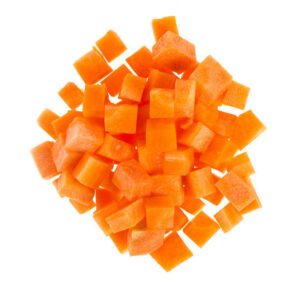
This particular technique will allow you to fine diced vegetables and fruit. Normally, the food is cross cut and then sliced across the sticks in order to create fine cubes. Foods that are commonly brunoised include turnips, onions and carrots.
Chiffonade (Shredding)
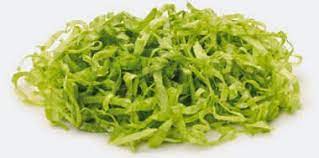
The chiffonade technique is usually used on leafy vegetables and herbs. Some examples include, spinach, lettuce, basil herbs and cabbage. This is accomplished by first cutting the food into long strips, and then cross cutting them in the preferred thickness.
Julienne (Match Stick Cuts)
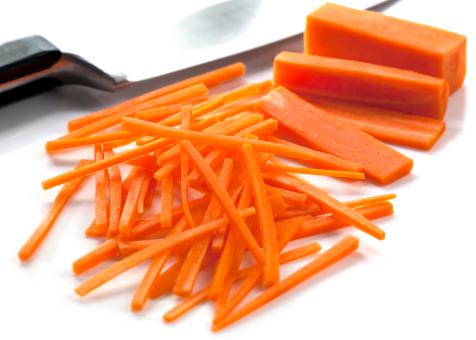
The Julienne technique allows you to cut foods into long, thin match stick like pieces. This is a cutting style that is normally used for zucchini, carrots, celery and capsicum, but it can be used on virtually any type of vegetable.
Macedoine (Large Dice)

This particular technique is used to cut vegetables and fruit into large cubes, which is ideal for preparing vegetables that will be used in soups. Cooks also cut melons and other types of large fruit using this technique. When using this technique, it is important to have aflat surface to cut on.
Slicing
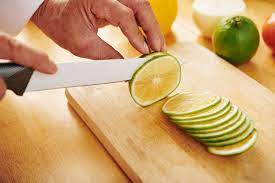
Slicing is a technique in which you cut food into thin slices that are relatively broad in comparison to the slice depth. You can use this technique on meats, fruit and vegetables for use in any number of vegetables.
Mincing
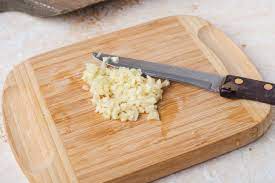
Mincing creates a food with An even smaller consistence that you would be able to using the brunoise technique. To use this technique effectively, you will need to holdyour knife handle with one hand and use your other hand to keep the blade’s tip in contact with the cutting surface — while bringing your blade down into the food.
Roll-Cutting
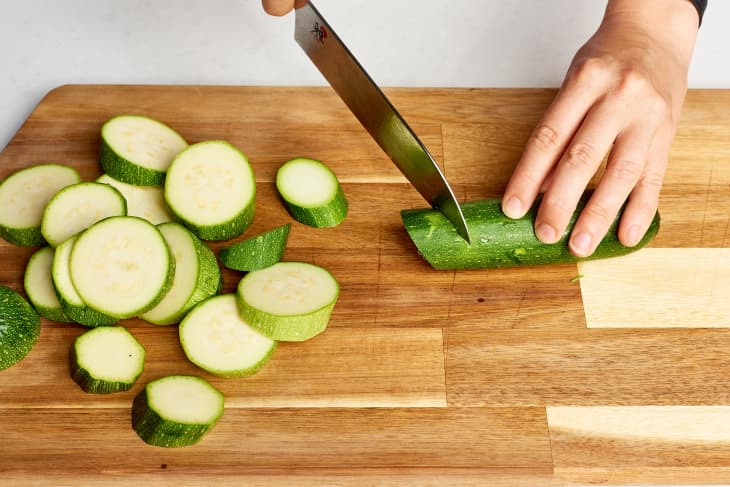
This is a common technique that is used to cut long fruit and vegetables, such as zucchini and carrots. Using this technique will allow you to make more attractive pieces, while exposing more of the food’s surface.
Wedges
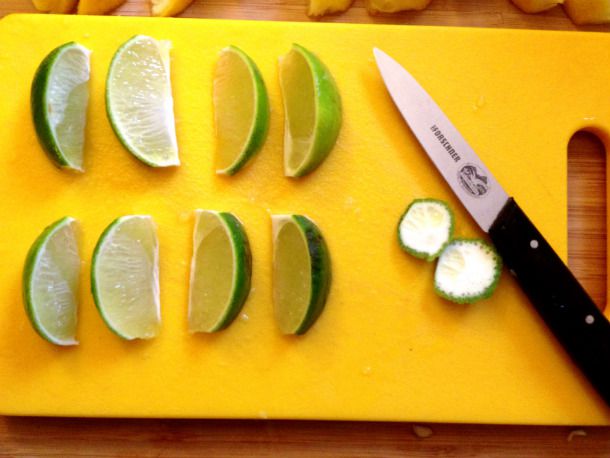
Round vegetables cut equally lengthwise, this technique is used on tomato, potato, lemon, cut into four or six pieces.use: Stew, Fried, Grilled, Roasted, Boil, Poached
Baton
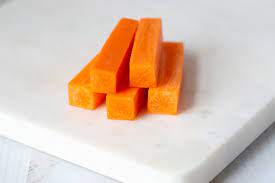
Larger, thicker version of julienne and jardiniere cut, a baton usually measures about 1.5 x 5 cm. Sticks of vegetables are approximately 5 cm long, 5 mm wide, and 5 mm thick. Used as an accompaniment.use: Sautee preparation
Concasse
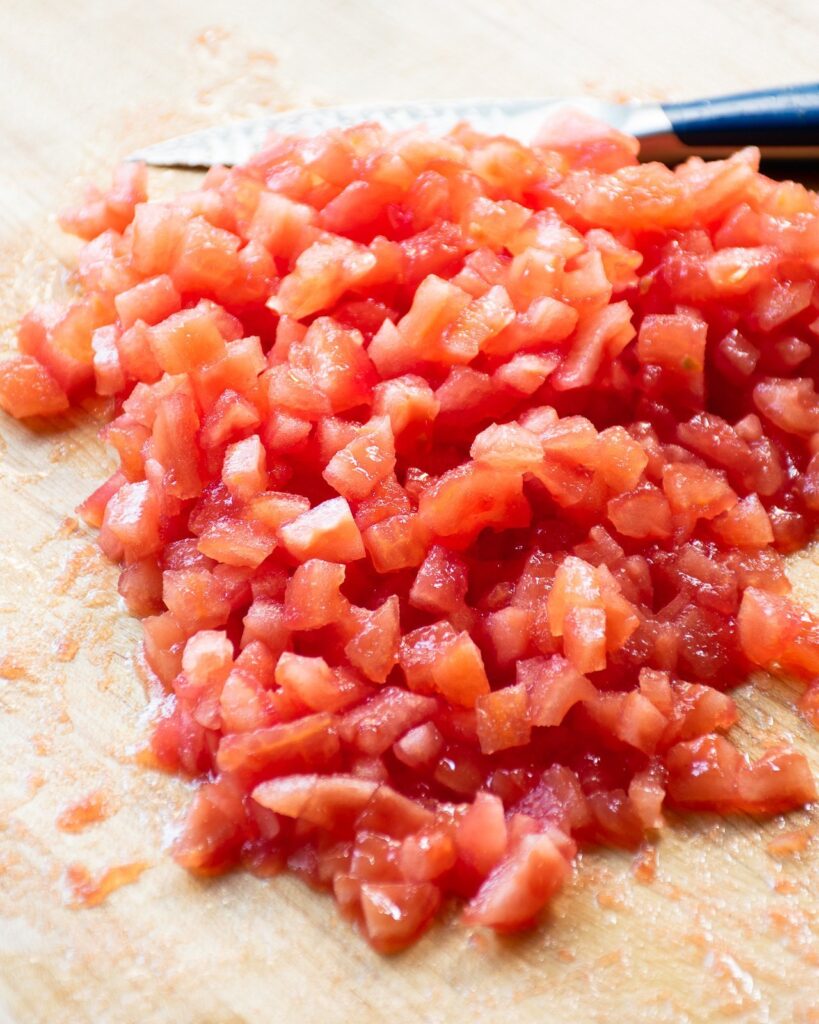
Concasse, from the French concasser, “to crush or grind”, is a cooking term meaning to rough chop any ingredient, usually vegetables or fruit. This term is particularly applied to tomatoes, where tomato concasse is a tomato that has been peeled, seeded (seeds and skins removed), and chopped to specified dimensions.



